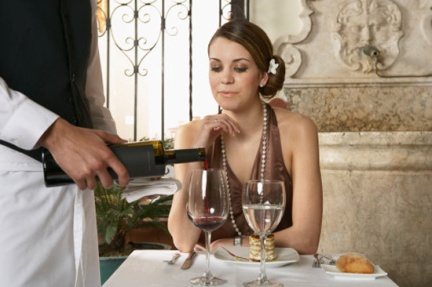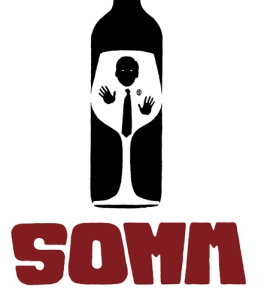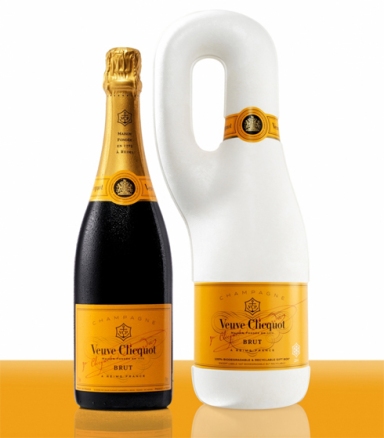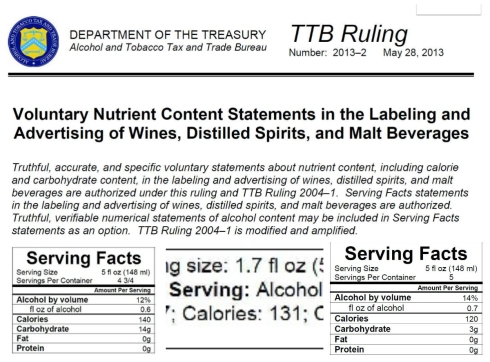The TBB (Totally Bogus Bureau… AKA yours truly) has proposed the following new regulations regarding a common (check regulations in place in your home state) practice known as “corkage fee”.
Some states in the nation will allow customers to bring into a restaurant their own bottle of wine to be served (by the restaurant staff) alongside their meal. To offset various costs and potential lost revenues a nominal fee (corkage fee, interestingly enough this fee does not apply to beer or liquor, but that’s another story) is added to the guest check.
In compliance with the paper reduction act and to make the new regulations “user friendly” here is what the TBB proposes:
As simple as A B C
A) Bringing your own bottle of wine into a restaurant is not a right for which people fought and lost their lives so you can save a dime whenever you go out to dinner. Pretty much like the act of driving (with a valid driver’s licence) it is a P R I V I L E G E and it can be revoked at any time for no reason whatsoever!. Use the PRIVILEGE sparsely & wisely.
B) The nominal corkage fee does not increase or decrease based on the quality of the wine that patrons bring into the restaurant. As a rule of thumb the national average for corkage fees is about $25 per standard size bottle (750ml equivalent). So let’s do some basic math:
- Patron #1 brings a bottle of Chateau Margaux 1982 with a retail value of $2500 if the corkage fee is $25 it represents 1% of retail value of the wine.
- Patron #2 brings a bottle of Yangara Park Shiraz with a retail value of $25 if the corkage fee is $25 it represents 100% of retail value of the wine.
Bring a special bottle for that special evening with that special someone to create a lasting special memory… get the drift, do you feel me brother, you know what am saying?
C) Last but not least: ALWAYS offer a taste to the person who handles your wine at the restaurant, it is a nice gesture and contributes greatly towards education and experience.
In conclusion, for some of you reading this, the subject of corkage fees may be old news however what I propose is: in the future corkage fee should be based on the behavior and overall demeanor of the guest. If you are nice overall, gregarious and outgoing you may end up paying way less than $25 if anything at all… But if you are trying to embarrass me and the rest of the staff because we have never heard of this label that you brought in due to the fact that only 50 cases were made by your brother in law… I am not ashamed to admit that I may not have heard of a specific wine especially if it has never been released commercially! So for you the pompous know it all, who did not offer any taste of this superlative creation that only you & your close relatives have ever heard of, yes you are ruining it for everyone else… Therefore you leave me with no choice but to revoke your PRIVILEGE.
Hey Mr Pompous, look at the bright side of things, you still have your driver’s licence so you don’t have to walk home.
Is there anything else I may get you at this time?







 >>>
>>> >>>
>>> >>>
>>> >>>
>>> >>>
>>> >>>
>>> >>>
>>> >>>
>>> >>>
>>> >>>
>>> >>>
>>> >>> wisegeek
>>> wisegeek


You must be logged in to post a comment.